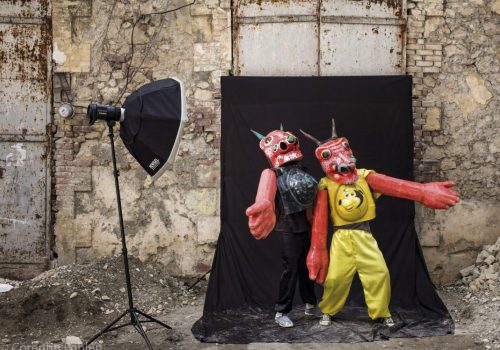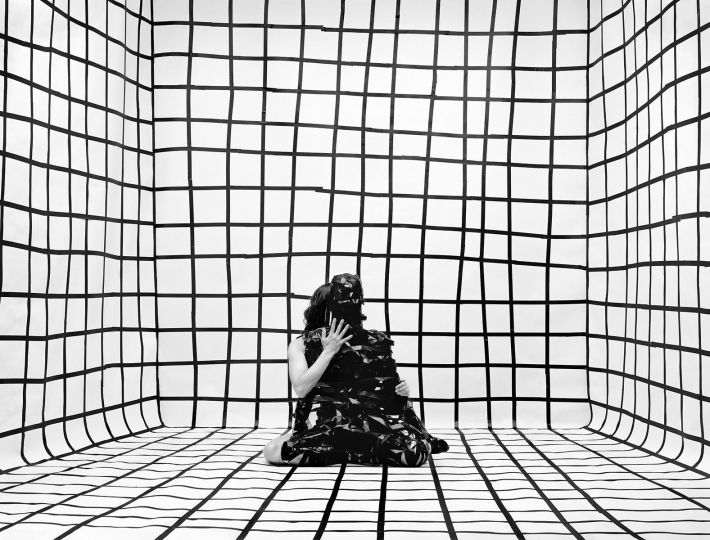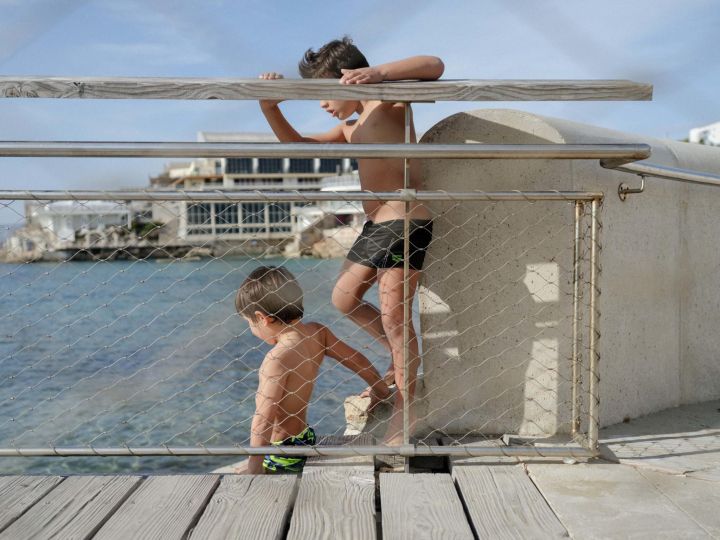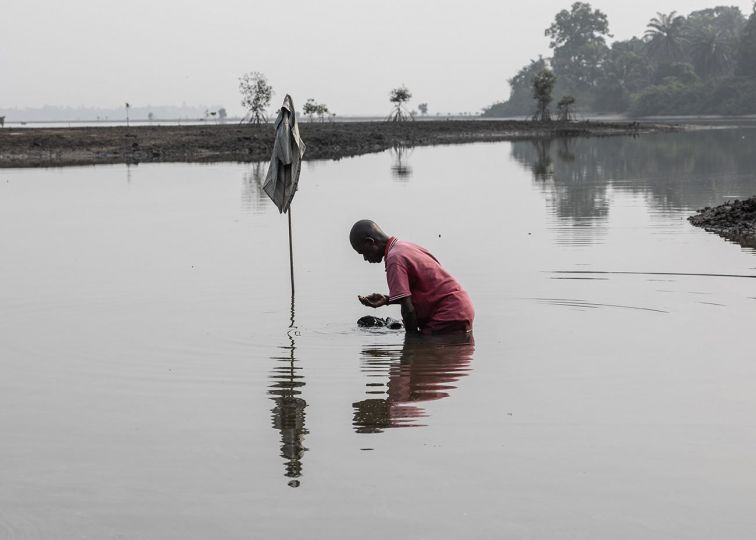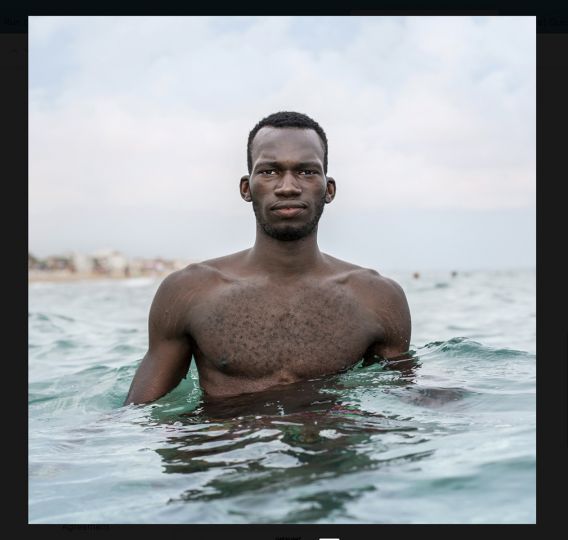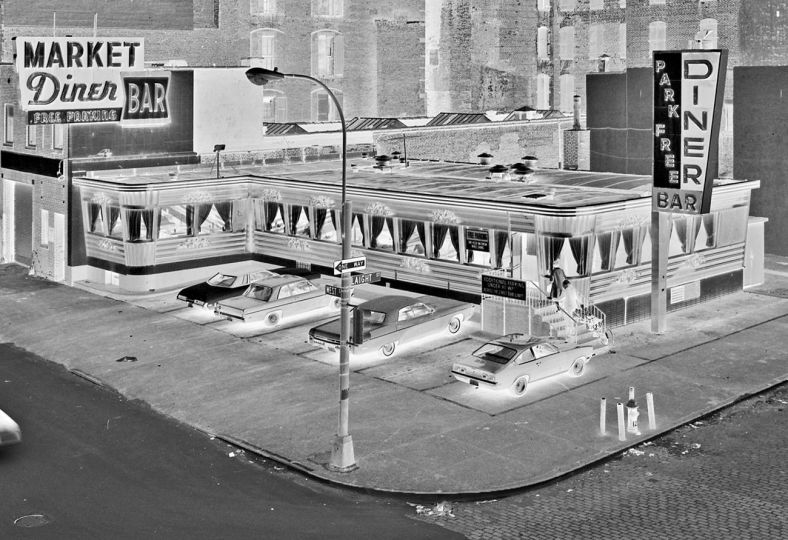Each year in the small beach town of Jacmel, in the south of Haiti, the most important carnival in the world takes place during the Gras period (January and February). Of European origin, the carnival was introduced to Haiti with the arrival of the Spanish and French colonialists in the 16th and 17th centuries. It lasted after the country’s independence in 1804 and was taken over and appropriated by former slaves coming from Africa, who had become Haitian.
The richness of Jacmel’s carnival is different from that of Port-au-Prince, which traditionally takes place the following weekend. In Jacmel, artistic creation, the imaginary, the fantastic, the aesthetic of beautiful and ugly, and the unusual is celebrated. It is a creativity sometimes mixed with political or social messages.
Close to 3,000 people in costume march each year. A few years ago, a jury started getting together the weekend before in order to determine what mask associations would be authorized to march. This is what is depicted in this beautiful series by the French photographer Corentin Fohlen made in 2016 and 2017.
The diversity and richness of the costumes show the particularity of the town of Jacmel. For a long time, this town was externally influenced. Jamel was a commercial trade port town between the island and the rest of the world, especially Europe. Many foreigners lived there, and some large foreign families moved there definitively. The carnival happens every year and is one of the country’s most popular celebrations.
Corentin Fohlen, Karnaval Jacmel
Published by Editions Light Motiv
Coming out November 10, 2017

